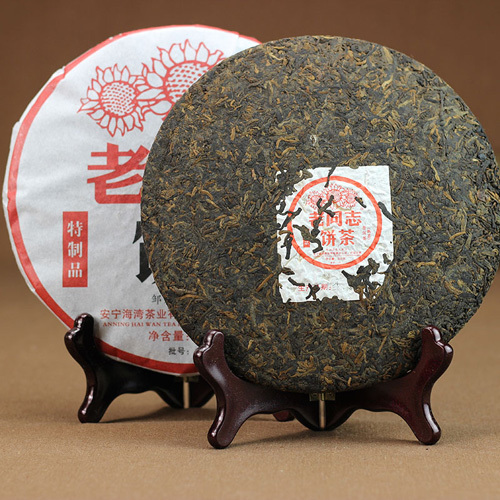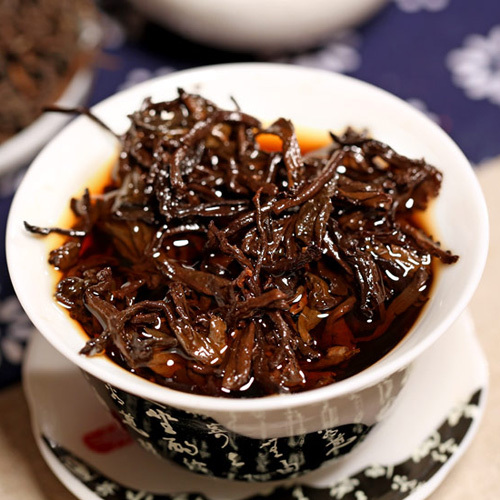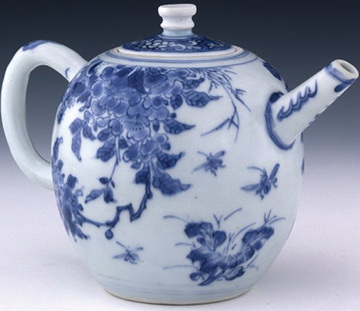The Ming Dynasty: The Shift to Loose Leaf (1368 - 1644)
The Ming dynasty followed a period of Mongol rule. When the Mongolians were in power, tea became less popular. The first Ming Emperor, Taizu, came from the peasant class so he understood the importance of frugality. As a result, he did not adopt the strict tea rituals of previous dynasties, even going so far as to outlaw tea cakes in favor of drinking tea from leaves (Tea Drinking and Ceramic Tea Bowls). Part of his motivation for this political decision was his extremely frugal mindset. Tea cakes as well as the tools needed to properly prepare it (dictated by Lu Yu in The Classic of Tea) were expensive and required ceremony. Loose leaf tea was easily accesseble to the masses. Hinsch also argures that because Taizu had simply not been exposed to these customs, he felt no need to maintain them (Hinsch 29).
With the rise in tea leaf popularity, new tea tools came into the picture. Most notable is the tea pot. Prior to the Ming dynasty, only tea bowls were utilized (Hinsch 30). However, the tea pot made transporting hot water easier for servants as it prevented the water from splashing. Additionally, it was more insulating so the water could stay hot longer. These tea pots were often decorated with the classic intricate blue and white glaze design (Hinsch 30).
Loose leaf tea also presented a new challenge: how to filter the leaves from the water once it had steeped. Leaves generally sink to the bottom of the vessel once they have become saturated with water. Tea pots were designed so the spout was near the top of the pot. This allowed for water near the top to be easily poured while the leaves remained at the bottom of the pot.



